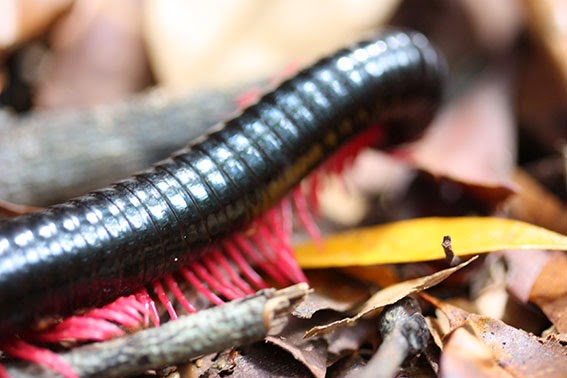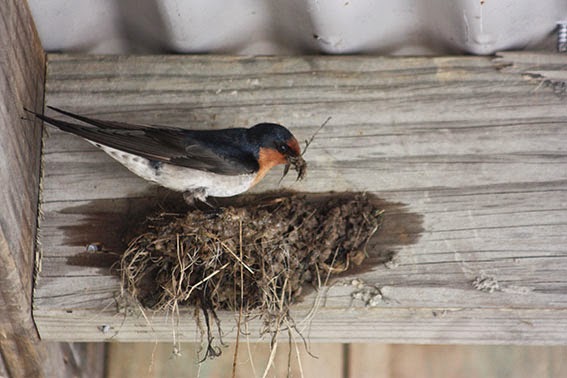It’s never hard with our gorgeous array of New Zealand
native plants but I’ve just fallen head over heals in love with two particular
natives that now have pride of place in my Asian inspired Water courtyard and Merlot
garden.
The first – Sporadanthus
ferrugineus (giant wire rush) – is a restiad species from the domed bogs
that were once found throughout the North Island (now restricted to a few in
Waikato). It grows to 2m in height and
2m width and its rust coloured seed heads and pendulous form are what first
attracted me. Not only will its graceful form look
fantastic in front of the rust coloured fence backing the courtyard but I imagine
its arching form gently stirring in the breeze, providing dappled shade over the
low sun lounger on the deck overhanging the reflection pond. An added bonus is that I will be assisting in
the rescue of an at risk native plant and showing off its beauty in an
unexpected situation.
The second is Psuedowintera
colorata ‘Red devil’ (Mountain
horopito) – whose mix of cream coloured leaves stained with red – almost as if
the leaves have been sprinkled with droplets of a good claret - are an absolute delight. The genus is only found in New Zealand and its
primitive flower structure hint at its ancient lineage.
As with many NZ natives the plant was also used by
Maori for its medicinal qualities – which is just another great reason to
include it in the garden! The leaves
have a hot peppery taste due to the main active component of polygodial (The NZ
Association of Medical Herbalists note that this is one of the components of
the ‘hot taste’ in peppery spcies common in traditional Japanese cuisine and it
has been shown to exhibit significant fungicidal and antibacterial activity). The leaves can be used as a seasoning on food
and when my plants have had a chance to settle in I look forward to
respectfully and very gently taking a few leaves to dry and crush into a
horopito pepper – apparently very good with lamb and kumara dishes.
Some recent research shows that the greater the red
staining the more polygodial is present and that this is thought to be a
warning to herbivores to prevent predation of the leaves as they have increased
chemical defences (in this case the peppery polygodial & anthocyanin
compounds).
The horopito are planted as a low hedge around the
edge of what will be a japanese hot tub location sitting within the middle of
the merlot (red & burgundy) garden.















